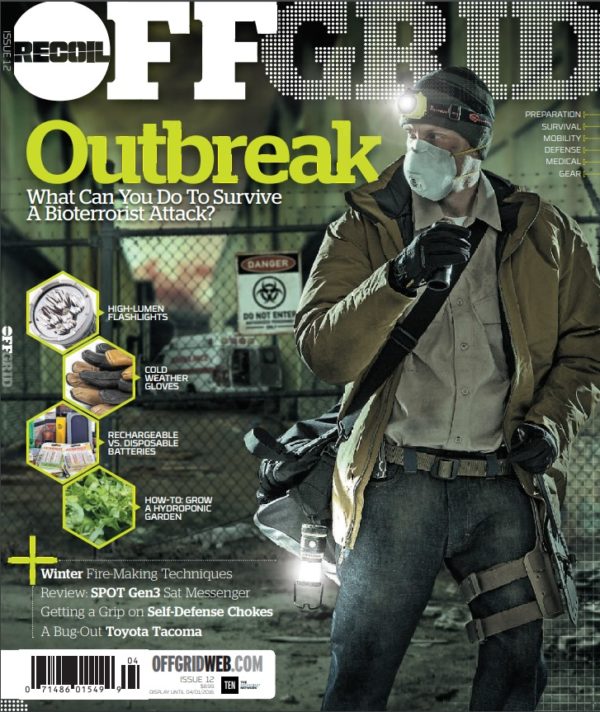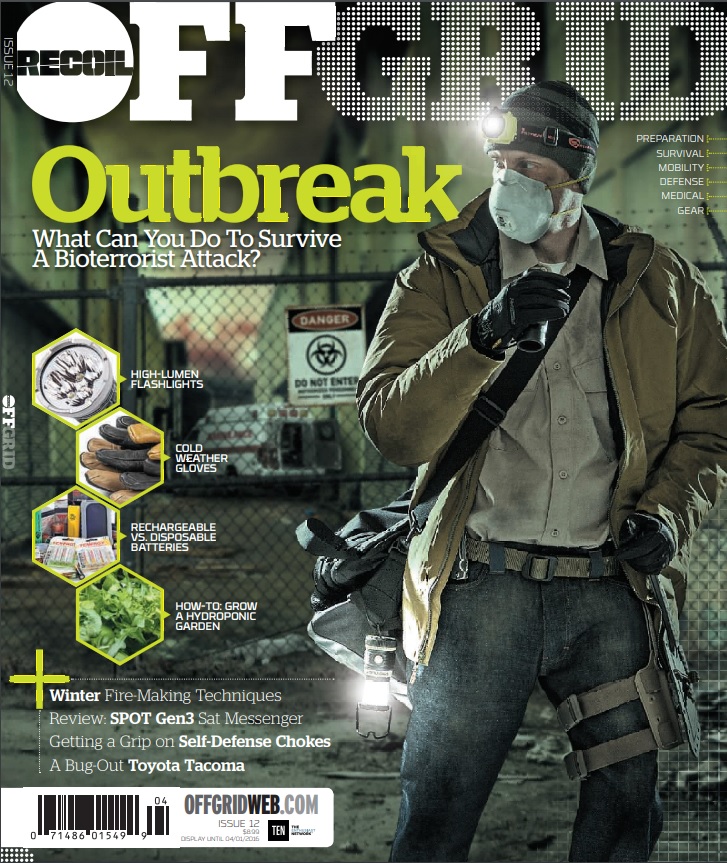RECOIL OFFGRID Gear First-Aid Kit Buyer’s Guide – Med Kit Medley
You've got your bases mostly covered. Food, water, a dozen or so ways to create fire, a fully packed super ninja backpack, batteries, backup batteries, extra backup batteries, and about 10 miles of paracord. What are you forgetting? A first-aid kit? “Nah,” you reply. “I already thought of that and got one from Walmart.”
Well that's all fine and dandy, but how much thought went into that kit? Should you be carrying a potentially life-saving component that you didn't spend more than five minutes deciding on? Medical kits should be taken seriously. We're not saying that you're not serious about your medical care, but when most people shop for medical kits, there's a certain “Ah, that's good enough” kind of attitude attached to it. For most people, buying a first-aid kit just isn't as “fun” as, say, buying a 1,500-lumen flashlight or an awesome new knife. Maybe because buying things that don't come with a Kydex sheath just doesn't get the blood pumping. But you know what? Survival isn't fun.
Many people may choose to create their own medical kits, and kudos to those of you who have the time to do so. Generally, OFFGRID recommends you assemble your own homemade kit, as it'll be customized to exactly what you want and need in an emergency. They do take time to create, however. Researching what you want, sourcing what you need, and finding where to buy it in the right quantities requires time that many people don't have in their busy lives. That's where preassembled medical gear comes in. These pre-fab kits are wonderful at saving time and sometimes (but mostly not) save you money. Someone's got to pay for all that convenience.

Between balancing a job, a spouse, kids, and life in general, we've become fans of off-the-shelf medical kits. They take a lot of the legwork out of putting together a great kit that will work for our requirements. It's important to remember that it's unlikely that any kit will be a 100-percent perfect solution. Specific medications, prescription drugs, medical devices, even disposable contact lenses may be required and added separately.
Be aware of expiration dates. Most newly purchased kits are marked with “use by” dates that are two or three years down the road. That means you need to renew the kits or specific items in the kit every couple of years to keep them up to date. Keep in mind items that you might add yourself (i.e. EpiPens, asthma inhalers, diabetes medications, etc.) might have specific storage requirements and shorter expiration dates.
The kits you choose to store or carry depend on your individual situation. If you're looking for something compact that covers only the essentials to stuff in your already-overloaded three-day go-bag, there's a kit for you. If you're looking for a product that's good for a family hunkered down in a fortified shelter, it'll require a much different kit. Medical packs come in a variety of shapes and sizes and service many different functions. Some are small plastic boxes with handles or come sealed in a bag, while others look like mini backpacks.
Because it can be hard to figure out what's in a medical kit when you're shopping for them at a store or even online, we've taken the guesswork out of the following models to show you exactly what they come with.
 STAY SAFE: Download a Free copy of the OFFGRID Outbreak Issue
STAY SAFE: Download a Free copy of the OFFGRID Outbreak Issue
No Comments